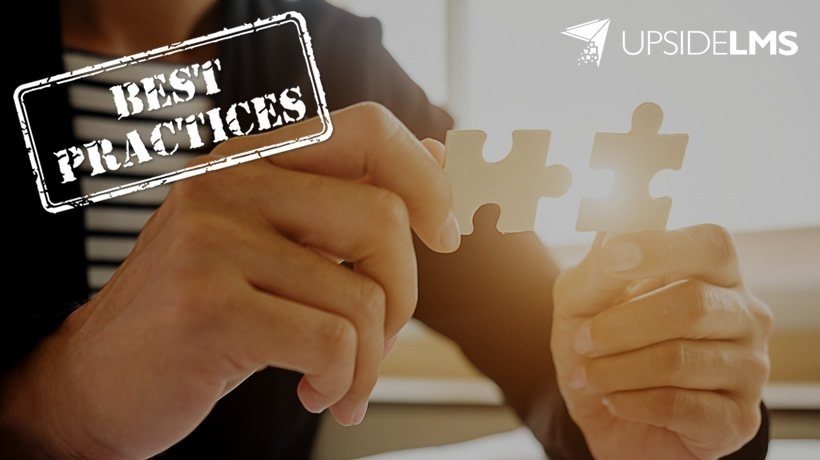How To Successfully Implement A Learning Management System
In purchasing an LMS lies no assignment of your eLearning program to others. Your organization is empowered to implement the platform, based on its needs and special characteristics, be it workforce or field of action. To do this right, you must begin by setting a framework for the implementation of your LMS.
With their eBook Best Practices To Successfully Implement A Learning Management System, Northpass has taken the initiative to lend a helping hand for this procedure, issuing this collection of best practices that will bring you success on this crucial task.
So, how do you plan for an LMS implementation? For starters, you should prepare to outline an implementation process. Not all LMS implementations are created equal. They will vary from one vendor to the next. And it will hinge on a lot of the strategic work you did earlier in your selection and planning for the LMS.
For example, as you will read in Best Practices To Successfully Implement A Learning Management System, LMS implementation success will depend on answering questions like these:
- Why do I need an LMS?
- Where in the user lifecycle will the LMS/training make the most impact?
- What success metrics do I want to measure through the LMS?
- What features do I really need?
- What is the skill level of your LMS administrators?
- How will I measure ROI?
If you have clarity on this, and have included your LMS platform partner in your strategic planning, then you should be aligned on your goals and set up for a successful LMS implementation.
It’s also crucial that you’ve established goals and KPIs for the initiative at the outset and make sure the LMS you selected will allow you to measure success the way that is right for you. These goals will remain in focus throughout the LMS implementation process.
About The eBook
The implementation process is thoroughly addressed in Best Practices To Successfully Implement A Learning Management System so that you get off on the right foot with your online training development. Here are the eBook’s key chapters:
- Selecting a framework for designing your learning materials
- Step 1: Define
- Step 2: Outline
- Step 3: Build
- Step 4: Engage
- Step 5: Measure
- Picking your LMS implementation team
The LMS likely touches on several operations within your organization. So in building a team to oversee the LMS implementation process, connect team members from those various departments, such as HR, IT and learning, and development. - Establishing an LMS implementation plan and timeline
How long the LMS implementation process takes depends on which type of LMS you choose. An on-premises LMS installed on your own server may take longer than a hosted or cloud-based LMS in which the system is housed on the vendor’s server. The LMS vendor or your IT department can provide a better estimate of the timespan. - Preparing for data migration
Whether you are transitioning from a legacy LMS or implementing an LMS for the first time, a key decision centers on which courses, data, and instructional assets are to be transferred to the new system. - Trial run and training
Before completing the LMS implementation process and officially launching the new system, test the new LMS among a group of handpicked users, be they internal staff or extended enterprise users such as channel partners or contractors. - System changeover
As one of the final steps in the LMS implementation process, switching to the new LMS can be accomplished several ways. See what option is best for you and your organization. - Assessing and wrapping up
Once the LMS implementation process is complete and when the new system has been in operation for a period of time, review how the process went for all involved. Pinpoint any technical glitches that may have hampered the launch and correct those.
If you want to learn more about how to pick your team, establish a plan and timeline, prepare for data migration, and other related matters, download the eBook Best Practices To Successfully Implement A Learning Management System today.









